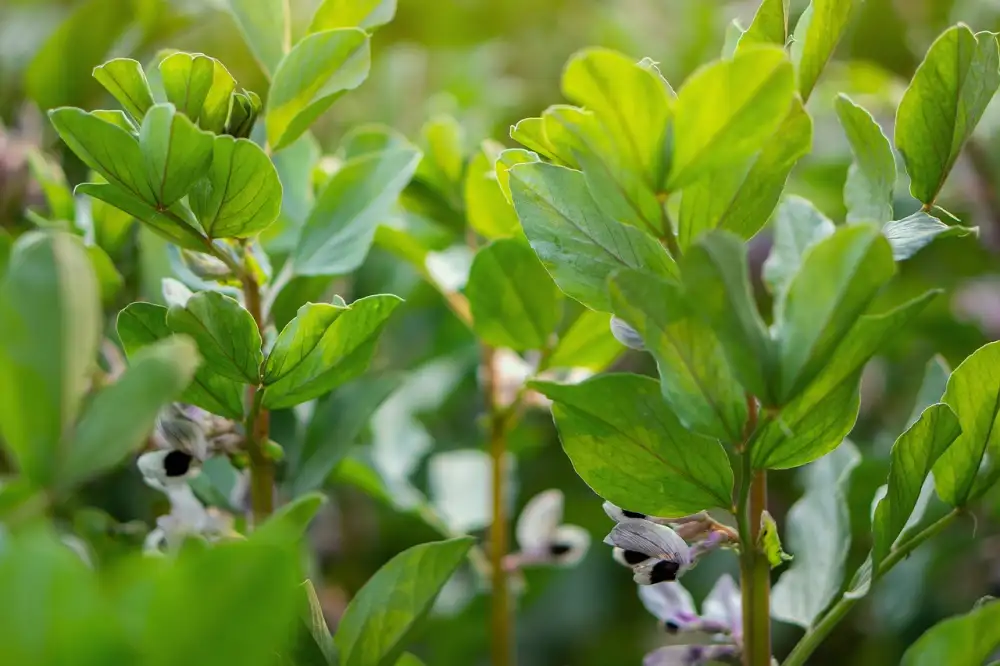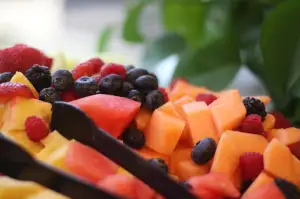Unlock the Culinary Potential of Lima Beans: Exploring the Versatility and Nutritional Benefits of this Cooking Staple

Lima beans, also known as butter beans, are a versatile and nutritious legume that have been cultivated for centuries. These small, creamy-white beans have a distinct flavor and smooth texture that make them a popular ingredient in many cuisines around the world. Whether used in soups, stews, salads, or side dishes, Lima beans add a hearty and satisfying element to any meal. In this article, we will explore the culinary potential of Lima beans, their nutritional value, health benefits, cooking tips, popular recipes, varieties, storage methods, and some interesting facts about these underrated legumes. Get ready to unlock the full potential of Lima beans and elevate your culinary skills!
Nutritional Value of Lima Beans
Lima beans are not only delicious but also packed with essential nutrients. They are an excellent source of dietary fiber, providing about 13 grams per cooked cup. This high fiber content aids in digestion and helps maintain a healthy weight. Lima beans are also rich in protein, offering approximately 15 grams per serving, making them a great choice for vegetarians and vegans. Additionally, they contain important minerals like iron, magnesium, and potassium, as well as vitamins such as folate and vitamin B6. Including lima beans in your diet can help support overall health and provide a nutrient boost to your meals.
Health Benefits of Lima Beans
Lima beans offer numerous health benefits. They are packed with dietary fiber, which aids digestion and helps maintain a healthy weight. They also contain high levels of protein, making them an excellent choice for vegetarians and vegans. Lima beans are rich in essential minerals like iron, magnesium, and potassium, which support heart health and regulate blood pressure. Additionally, they are a great source of folate, which is crucial for pregnant women as it helps prevent birth defects. Including lima beans in your diet can boost your immune system and promote overall well-being.
Culinary Uses of Lima Beans
Lima beans are incredibly versatile in the kitchen, making them a staple ingredient in many cuisines around the world. They can be used in a variety of dishes, both as a main ingredient or as a delicious addition to soups, stews, salads, and casseroles. Lima beans have a creamy texture and mild flavor that pairs well with a wide range of ingredients. They can be mashed and seasoned to create a tasty spread or dip, or pureed to add thickness and creaminess to sauces and soups. Lima beans also make a great addition to vegetarian dishes, providing protein and substance. Whether you're looking for a hearty meal or a light side dish, lima beans can be easily incorporated into your favorite recipes for added taste and nutrition.
Cooking Tips for Lima Beans
1. Soak dried lima beans overnight in water to reduce cooking time and improve texture.
2. Add a pinch of baking soda to the soaking water to help soften the beans.
3. Rinse soaked beans thoroughly before cooking to remove any impurities.
4. Cook lima beans in a large pot with plenty of water to prevent them from sticking together.
5. To enhance flavor, cook lima beans with aromatics like onions, garlic, and herbs.
6. Avoid adding salt or acidic ingredients (like tomatoes) until the beans are fully cooked, as they can toughen the skins.
7. Simmer lima beans gently over low heat instead of boiling vigorously to maintain their shape and prevent them from becoming mushy.
8. Test for doneness by tasting a bean - they should be tender but not mushy.
9. If using canned lima beans, rinse them well before using to reduce sodium content and remove any metallic taste.
10. Experiment with different seasonings and spices to add variety and enhance the flavor of your lima bean dishes.
Popular Lima Bean Recipes
1. Lima Bean Salad: Toss cooked lima beans with diced tomatoes, cucumbers, red onions, and a tangy vinaigrette for a refreshing summer salad.
2. Lima Bean Soup: Simmer lima beans with vegetable broth, carrots, celery, and herbs for a comforting and nutritious soup.
3. Lima Bean Hummus: Blend cooked lima beans with garlic, lemon juice, tahini, and olive oil to create a creamy and protein-packed dip.
4. Lima Bean Curry: Cook lima beans in a fragrant curry sauce with coconut milk, spices, and vegetables for a flavorful vegetarian main course.
5. Lima Bean Casserole: Combine cooked lima beans with sautéed onions, mushrooms, cheese, and breadcrumbs for a hearty and satisfying side dish.
6. Lima Bean Pasta: Toss cooked lima beans with your favorite pasta shape, sautéed garlic, cherry tomatoes, and fresh herbs for a quick and nutritious meal.
These recipes showcase the versatility of lima beans and provide delicious options for incorporating them into your meals.
Varieties of Lima Beans
Lima beans come in a variety of types, each with its own unique characteristics. The most common varieties include the Fordhook, Henderson, and Baby Lima beans. Fordhook Lima beans are large and have a buttery texture, making them perfect for soups and stews. Henderson Lima beans are smaller and have a slightly sweeter flavor, making them great for salads or as a side dish. Baby Lima beans are small and tender, ideal for quick cooking methods like sautéing or steaming. With these different options, you can easily find the perfect variety to suit your culinary needs.
How to Store Lima Beans
To store Lima beans, it is important to keep them in a cool, dry place. Store them in an airtight container or a sealed bag to prevent moisture and pests from getting in. Avoid exposing them to direct sunlight as it can cause the beans to lose their flavor and nutritional value. If you have cooked Lima beans, store them in the refrigerator for up to 3-4 days. For longer storage, freeze cooked Lima beans in an airtight container or freezer bags for up to 6 months. Proper storage will ensure that your Lima beans stay fresh and maintain their quality for future use.
Interesting Facts about Lima Beans
1. Lima beans are named after the capital city of Peru, Lima, where they were first cultivated.
2. They have been a staple food in Central and South America for thousands of years.
3. Lima beans belong to the legume family and are related to other popular beans like kidney beans and chickpeas.
4. They come in different colors including white, green, and speckled varieties.
5. In some cultures, lima beans are considered a symbol of good luck and prosperity.
6. Lima beans are rich in fiber, protein, vitamins, and minerals making them a nutritious addition to any diet.
7. They contain compounds called phytochemicals that have antioxidant properties and may help reduce the risk of chronic diseases.
8. Lima beans can be used as a natural thickening agent in soups and stews due to their high starch content.
9. They can also be ground into flour or mashed to make dips and spreads.
10. When cooked properly, lima beans have a creamy texture and a slightly nutty flavor that pairs well with various ingredients.
These interesting facts highlight the cultural significance, nutritional value, and versatility of lima beans as an ingredient in various cuisines around the world. Incorporating these facts into your knowledge will enhance your appreciation for this humble yet versatile legume.
In conclusion, incorporating Lima beans into your diet is a smart and delicious choice. These versatile legumes offer a plethora of nutritional benefits, including being an excellent source of protein, fiber, and essential vitamins and minerals. Whether you enjoy them in soups, salads, or as a side dish, Lima beans can add a burst of flavor and texture to any meal. So why not unlock the culinary potential of Lima beans and start reaping the health benefits today?
Published: 20. 11. 2023
Category: Food



